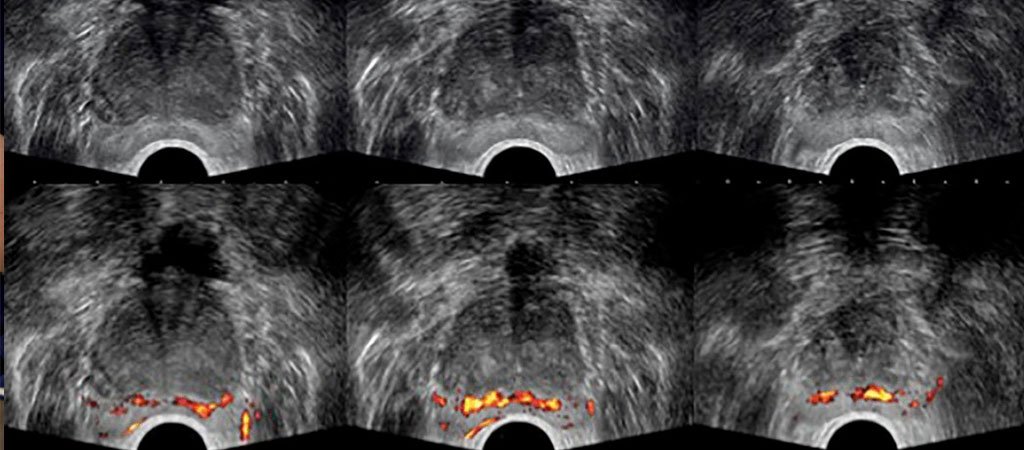+91-9211592116
Call Support
1&2, Moti Ram Road, Ram Nagar
Shahdara, Delhi-110032
goodlifehealthcareorg@gmail.com
E-Mail Support
Call & Book Lab Visit
+91-9560428585/9560248585
Call Support
Shahdara, Delhi-110032
E-Mail Support
+91-9560428585/9560248585

Before a TRUS scan, a doctor may advise a mild enema to clear the rectum for better imaging. No specific aftercare is typically required, though patients undergoing biopsy may experience mild bleeding or discomfort for a short period afterward.
TRUS is a valuable tool in men’s health diagnostics, particularly for conditions involving the prostate. With its ability to guide critical procedures and detect early signs of cancer or other conditions, it plays an essential role in proactive health management.